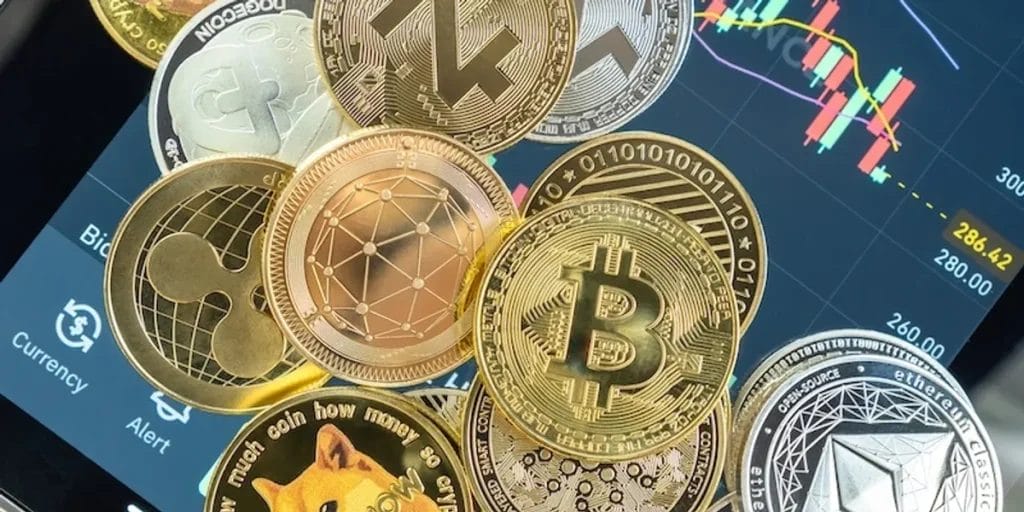
On January 23rd, the newly inaugurated US President Donald Trump signed, among other things, an executive order on Strengthening American Leadership in Digital Financial Technology. Some of the key provisions of the executive order, which revoked Biden’s previous executive order on Ensuring Responsible Development of Digital Assets, are: (1) a ban on developing a US-backed central bank digital currency; (2) a push to further strengthen the dominant position of the US in USD-based stablecoins and (3) the “potential creation and maintenance of a national digital asset stockpile,” which in the media is sometimes called the “Bitcoin Strategic Reserve”.
This push on cryptos provided by the new administration has two additional datapoints. First, on the eve of his own inauguration, Trump, and subsequently his wife Melania, launched his own meme-coin $Trump, the price of which jumped overnight from 18 cents to nearly 70 USD, before falling back. Disregarding for a moment the massive conflict of interests, there could hardly be a stronger signal that Trump could provide to the crypto industry than issuing his own “crypto-currency.” Subsequently, Trump Media and Technology Group Corp. (TMTG) announced its intention to launch new investment products, including a spot Bitcoin (BTC) exchange-traded fund (ETF), thus following giants such as Blackrock.
The second datapoint comes from an unexpected source – the Federal Reserve, and its own Chair Jay Powell. First, Powell said that Bitcoin, instead of being considered a substitute for the US dollar, should be considered a substitute for gold. Second, during his latest press conference following the January FOMC meeting, he also said that “banks are perfectly able to serve crypto customers, as long as they understand and can manage the risks and it’s safe, safe and soundness [… The Fed is] “not against innovation, and we certainly don’t want to, to take actions that would cause banks to, you know, to terminate customers who are perfectly legal just because of excess risk aversion maybe related to regulation and supervision.”
This is almost the polar opposite to what Christine Lagarde said at the end of the ECB Governing Council meeting in January, when she said that “there is a view around the table of the governing council, and most likely the General Council as well, that reserves have to be liquid, that reserves have to be secure, that they have to be safe, that they should not be plagued by the suspicion of money laundering or other criminal activities.”
All this is to say that, in coming months and possibly years, the institutional adoption of Bitcoin is set to increase, and this will surely support its value as well as of that of other crypto-assets, such as Ethereum and Solana, to name only a few. In Davos, the CEO of Bank of America said that his bank – as well as others, including JP Morgan – would be ready “to come in hard” on crypto transactions, as they have “hundreds of patents on blockchain” and the tech stack needed to do so.
The question is: will this last? When speaking not to Bitcoin sceptics, but to real crypto fanatics and investors, they will say that almost certainly a new “Crypto Winter” is inevitable, and it may not even be that far away. There is no need to be a crypto pessimist to make this prediction: it’s the story of this asset since its inception. The value may drop up to 30-70% from its peak, before recovering and surging to new highs that – if Bitcoin really were to replace gold as an investment asset – may be in the region of USD 700,000, according to John Pfeffer, a partner at UK-based Pfeffer Capital.
The question then becomes: will institutional adoption be able to cushion the fall in prices? Or will technological advancements (e.g. of quantum computing, able to break all current cryptography) make it harder? What will be the wider financial stability implications? If leverage will be added to the system (something that so far has not happened, but could occur with wider institutional adoption), are we going to experience a new Global Financial Crisis to the power of 10 in coming years? These are all questions that even the biggest crypto enthusiasts should ask themselves. It is certain that we will learn their answers in the coming years anyway.